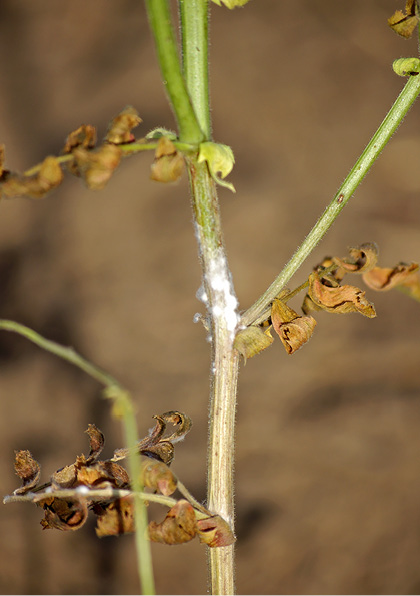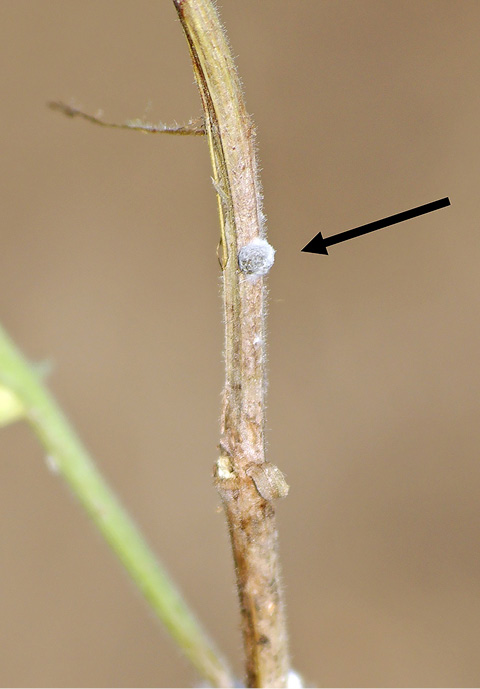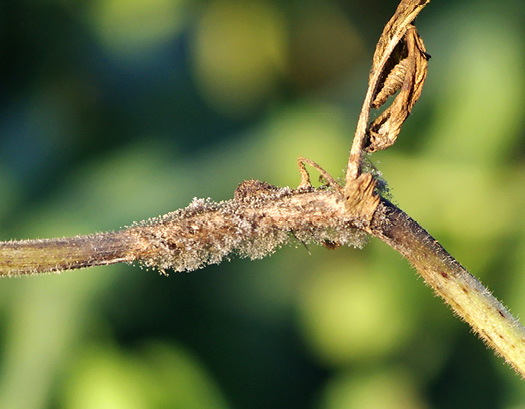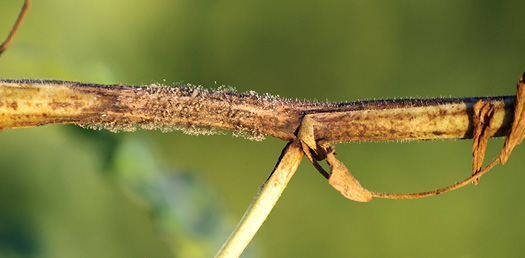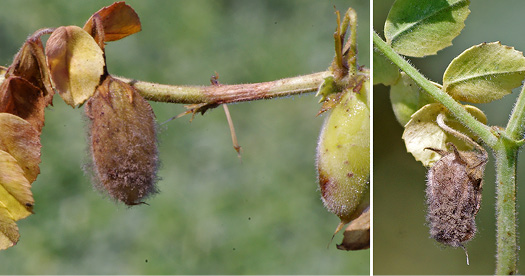Title
Chickpea Disease Diagnostic Series
(PP2072 Revised May 2025)File
Publication File:
PP2072 Chickpea Disease Diagnostic Series
Summary
This guide is designed to help chickpea producers diagnose root and foliar diseases of chickpea.
Availability
Availability:
Web only
Publication Sections

























